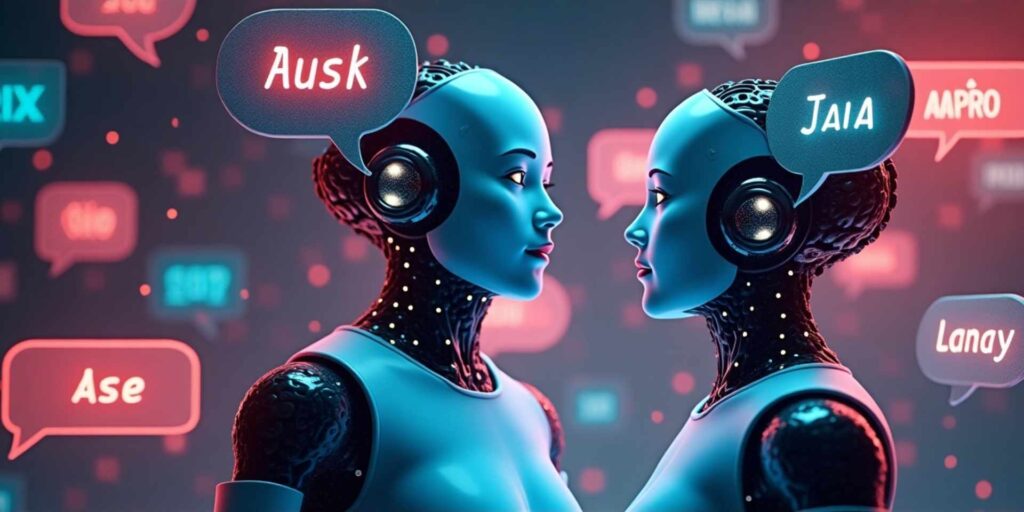In 2025, artificial intelligence will have reached its turning point as Multilingual AI Agents will be upgraded to enterprise-level technologies that will transform business communication worldwide. Such advanced AI platforms are tearing down language barriers on an entirely new level, allowing us to interact with people regardless of their speech.
The fact that chatbots are becoming much more intelligent agents that can learn cultural nuance, context and complex multilingual workflows is an AI step change. As communication and the global economy continue to become more integrated, organizations across the world are realizing Multilingual AI Agents are not luxury tools but must-have infrastructure to compete in the modern interconnected global economy. Such a revolution has been marked by agents who not only translate languages but those that understand and respond with cultural sensitivity making international business communication easier and more natural than ever before.
Why Multilingual AI Is Critical for Global Campaigns
- International Market Penetration: The AI Agents can help companies reach customers in 195+ countries instantly, and the businesses never need to hire native speakers in every targeted country, as in the past.
- Cost-effective scalability: These agents allow cutting translation and localization expenses by up to 80% with 24/7 availability in multiple time zones and languages at the same time.
- Cultural Awareness: Contemporary Multilingual AI Agents are able to recognize cultural context so that the messages conveyed are interpreted correctly by different people instead of simply translating the words.
- Real-Time Communication: Multilingual support: The ability to answer in real time in various languages allows live customer support and sales chats to happen efficiently, which dramatically increases customer satisfaction and conversion rates.
- Data-Driven Insights: These agents monitor and process the multilingual customer interactions thus giving insightful information on the regional preferences and market-specific trends.
- Competitive Advantage: Institutions that have implemented AI Agents will enjoy first-move advantages in new markets and be consistent across all touchpoints around the world.
Criteria for Evaluating Multilingual AI Agents
- Language Coverage: The scope and depth of the language support, dialects, regional and the less commonly used languages that are important in terms of a particular market.
- Cultural Intelligence: The ability to know cultural nuances, colloquialisms, contextual patterns of communication beyond the literal translation capabilities.
- Integration Capabilities: It is smoothly integrated with the current enterprise systems, CRMs, marketing automation tools, and third-party apps to have unified workflows.
- Response Quality: The quality of the responses in the varied languages used, accurate, relevant and natural responses and the treatment of technical terms and other industry jargon.
- Learning Adaptability: Ability of machine learning to enable agents to learn and better their performance with time and adapt to a certain business environment and the preference of users.
- Performance Reliability: Stable response times, uptime guarantees and the ability to scale to accommodate fluctuating amounts of multilingual interactions without degradation.
Top 10 Multilingual AI Agents in 2025
1. Oracle AI Agents for Sales
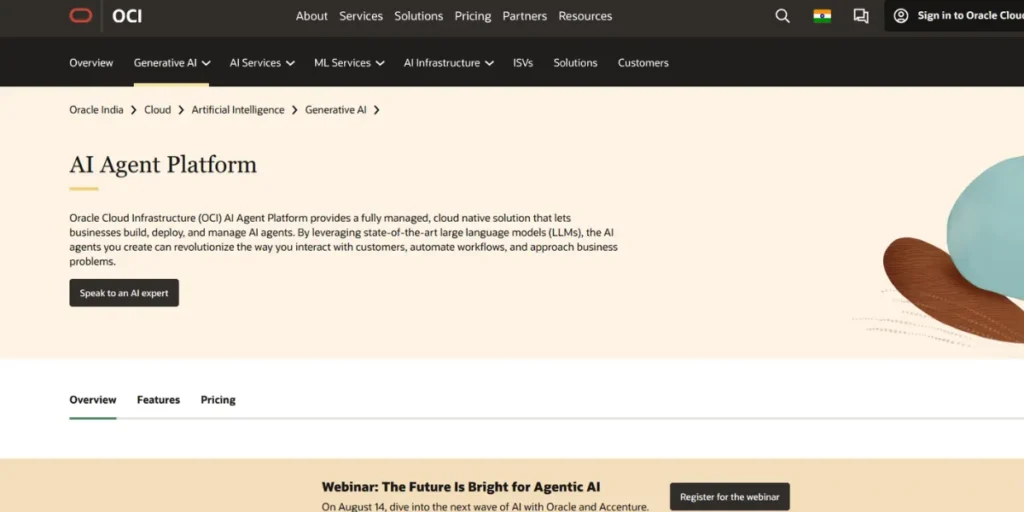
Oracle AI Agents are a groundbreaking method of sales automation, integrating complex natural language processing with an in-depth CRM system. These agents utilise the decades of experience of Oracle in enterprise software to develop intelligent assistants who comprehend complex sales cycles in various languages. They are deployed on Oracle Cloud Infrastructure and give multilingual sales support in a smooth manner to the sales teams all over the world. The platform is tightly integrated with the Oracle wide-ranging business application suite, and context-sensitive conversations can be made in reference to customer history, purchase patterns and business insights.
Languages Supported: Support more than 40 languages such as all major languages around the world such as English, Spanish, French, German, Japanese, Chinese, Arabic, and Portuguese. They have regional variations.
Best Use Cases: Enterprise sales automation, lead qualification, customer relationship management, and cross cultural sales process optimization.
Pros:
- Strong CRM and customer data on-the-fly access
- High-level sales process automation features
- Strength in security and compliance of enterprise use
- Global infrastructural support with scalability
Cons:
- Costly implementation in small organizations
- Complicated sales processes Require a lot of training
- Restricted customization of non-Oracle environments
- Sharp learning curve to technical implementation
Website: https://www.oracle.com/artificial-intelligence/
2. Adobe Agent-Orchestrator Ecosystem
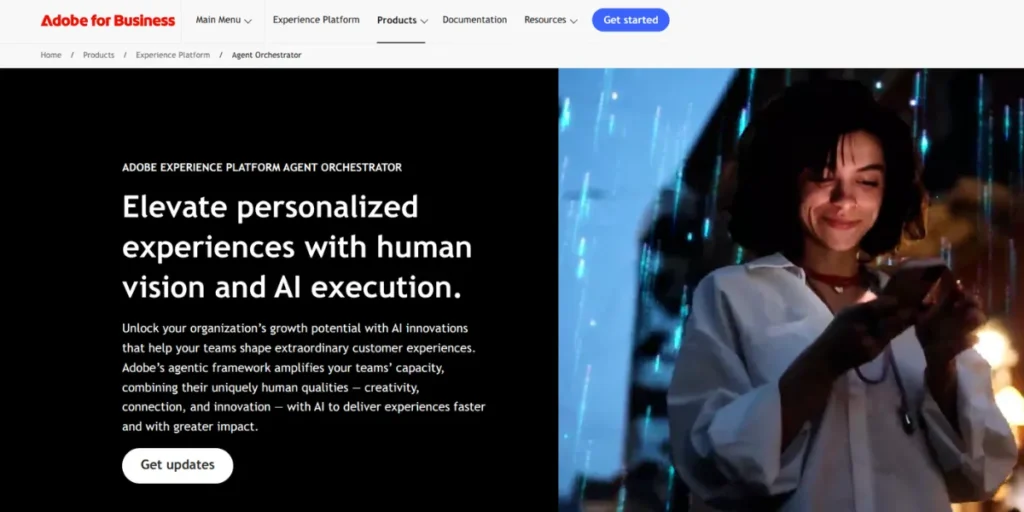
The Adobe Experience Platform Agent Orchestrator is the AI orchestration engine to make customers intelligent agent-first, presented at Adobe Summit as the part of Adobe approach to agentic AI. This integrated ecosystem allows companies to develop, implement and control several AI agents at an array of the customer touchpoints. The platform does best in creative and marketing processes and it is well integrated with the Adobe Creative Cloud and the Adobe Experience Cloud. It offers high-tech multilingual content creation functionalities that ensure consistency of brand across various cultural contexts.
Languages Supported: A full range of support in 35+ languages and localization of marketing texts and other creative content in key international markets.
Best Use Cases: Digital marketing automation, creative content localisation, customer experience and personalised campaign delivery.
Pros:
- Creative Cloud seamless content creation
- Superior channel-specific personalization
- Robust analytical and performance management
- Marketing teams easy to use interface
Cons:
- Mainly marketing and creative use cases
- Needs adobe ecosystem to be most effective
- Increase in licensing fee to receive full features
- Poor integration with no Adobe systems
Website: https://business.adobe.com/products/experience-platform/agent-orchestrator.html
3. IBM Watson Assistant (Multilingual Voice)
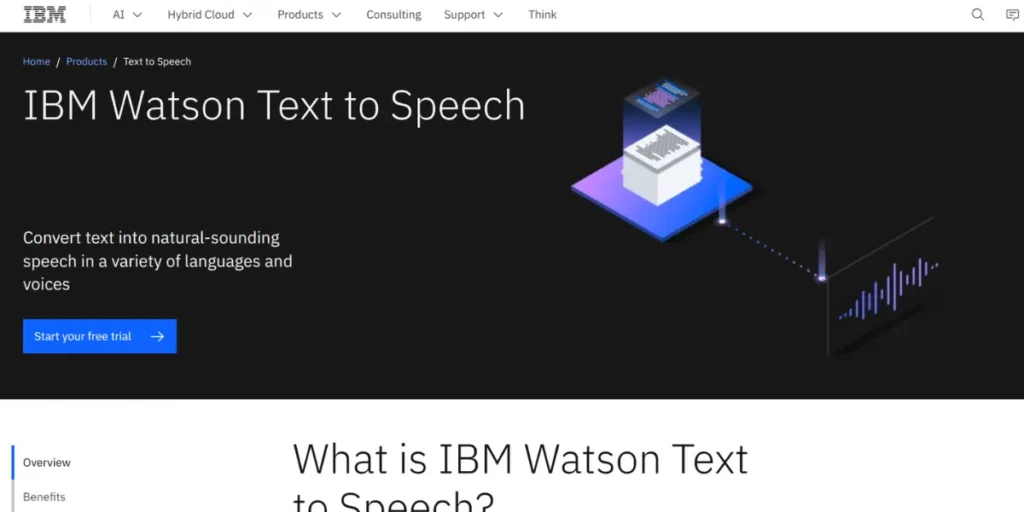
IBM Watson Assistant is multilingual and is one of the most developed enterprise AI platforms. Watson Assistant integrates decades of IBM AI research and its business-usable experience, producing advanced natural language understanding in many languages. The platform is strong in the complex enterprise ecosystem where security, compliance, and integration are the most important factors. Recent improvements have made voice recognition and response generation much better in various languages and accents.
Languages Supported: Support of 25+ with strong voice recognition support and dialects to key business languages.
Best Use Cases: Customer service at an enterprise level, automation of technical support, supporting employees, and solving difficult queries in multinational companies.
Pros:
- Security and compliance capabilities at an enterprise level
- Superb compatibility with current IBM and third party systems
- Good voice-recognition and natural speaking features
- Full developer tools and documentation
Cons:
- Complicated installation and configuration needs
- Greater cost of ownership at smaller deployments
- Needs technical skills to customize further
- Depending on languages, the performance can differ greatly
Website: https://www.ibm.com/watson/assistant
4. Kruti by Ola Krutrim
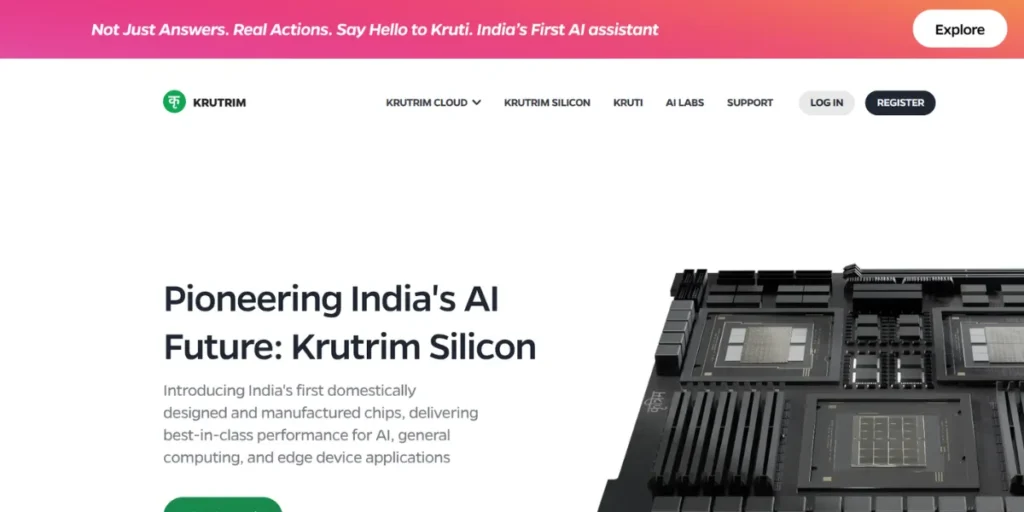
Kruti is a multi-lingual AI agent created by Ola Krutrim that can book taxis, order food, and pay bills through integration with other online services. It is an innovative agent as it marks the first truly agentic AI assistant in India, one that does more than just talk, but performs tasks. Kruti is based on LLM V2 and can support 11+ Indian languages and provide multimodal capabilities. The platform shows how Multilingual AI Agents can be customized to a given regional market and still have global applicability.
Languages Supported: Specific support to 11+ Indian languages such as Hindi, Tamil, Telugu, Bengali, Marathi, Gujarati, Kannada, Malayalam, Punjabi, Urdu and English.
Best Use Cases: Automation of tasks, bookings of services, paying bills, research aid, and daily digital task management in Indian market scenarios.
Pros:
- Close integration with Indian digital service eco-system
- Practical performing abilities other than talk
- High awareness of the Indian culture
- Regional accent recognition on voice and text input
Cons:
- Initially restricted to Indian market and services
- More recent platform and changing feature set
- Dependence on third party service integration
- The lack of global language support beyond Indian subcontinent
Website: https://www.kruti.ai/
5. Google Gemini 2.5 Models (Flash & Pro)
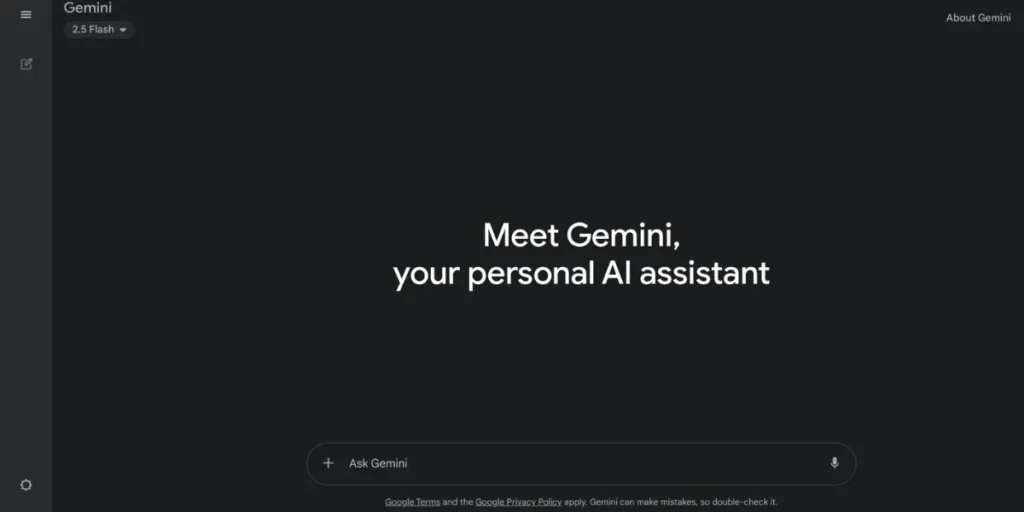
Gemini 2.0 Flash is the successor to 1.5 Flash with further performance improvement at the same fast response time, faster than 1.5 Pro on several critical benchmarks by twice the rate. Gemini is an example of the latest multimodal AI functionality, where text, image, and voice processing are integrated into one multilingual system by Google. The Flash and Pro models also have varying performance levels to meet the business requirements of quick customer service response to complex analysis. The platform uses the large amount of multilingual training data and translation experience of Google.
Languages Supported: 100+ languages and real-time translation and deep technical and conversational contextual understanding.
Best Use Cases: Multimodal content analysis, real-time translation, sophisticated reasoning, and multi-team, global Google Workspace automation.
Pros:
- Outstanding multimodal functions of text, image, voice
- Connection to the large Google cloud and productivity ecosystem
- Better translation and cross-language comprehension
- Data resources to learn and improve continuously with Google
Cons:
- Data privacy issues on sensitive business information
- The reliance on Google ecosystem to perform best
- Pricing can be very expensive using high volume use
- The inability to customize to special industry needs
Website: https://ai.google.dev/gemini-api
6. Gupshup Auto Bot Builder
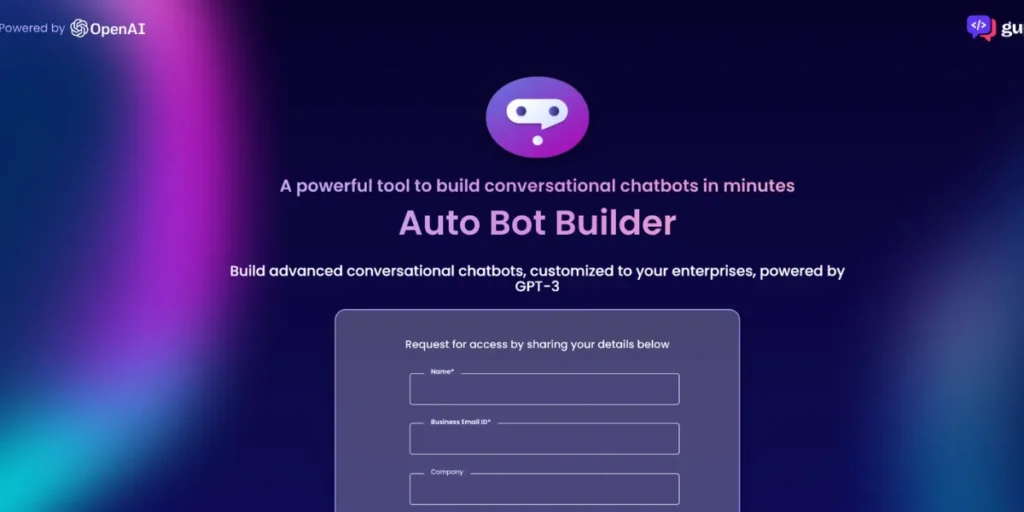
Gupshup Auto Bot Builder is an end-to-end conversational AI solution that focuses on messaging and communication platforms. The platform is best at developing Multilingual AI Agents capable of working over WhatsApp, SMS, voice calls, and other channels of communication common in the emerging economies. Gupshup has an advantage in terms of its knowledge of conversational commerce, customer engagement dynamics and behavior in various cultural scenarios. The platform offers corporations with the means to generate complex multilingual chatbots without having to be very technical.
Languages Supported: Support of 40+ languages with specific emphasis on Asian, African and Latin American markets and regional dialects and colloquialisms.
Best Use Cases: Conversational commerce, customer engagement and lead generation within messaging channels, and automating customer support in the emerging markets.
Pros:
- Good messaging platforms (WhatsApp, SMS, etc)
- Easy-to-use bot-creating interface that non-technical users can use
- Superb performance in new market languages
- Low-cost provider of high-volume messaging
Cons:
- Weak enterprise systems integration compared to the competitors
- Less higher-tier AI that does more than talk
- The messaging platforms differ in performance
- Minor voice and multimodal support
Website: https://www.gupshup.io/
7. Conversica AI Assistants
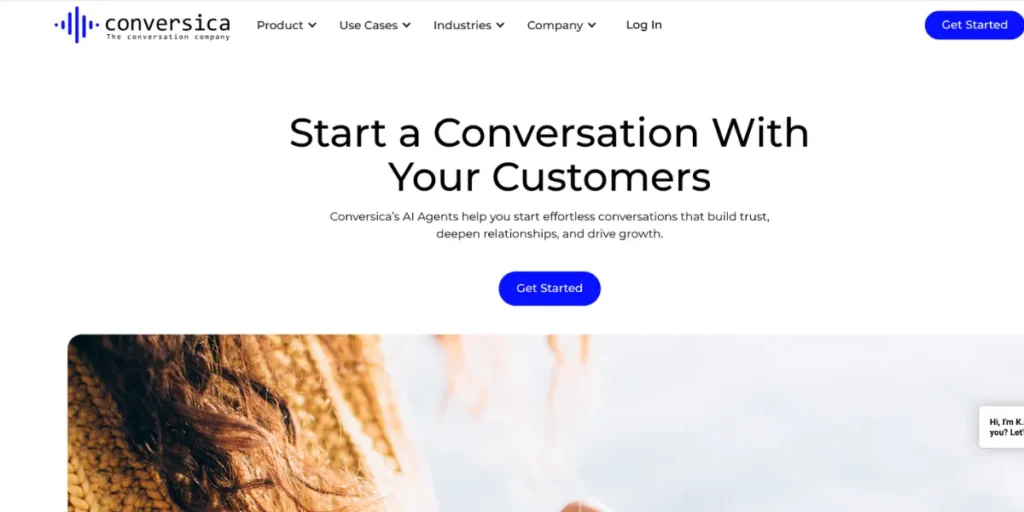
Conversica was the first to introduce the paradigm of AI-based sales and marketing assistants and developed some of the most advanced Multilingual AI Agents to generate revenue. Their platform excels at follow-up human conversations that persist over long sales cycles and develop leads. The agents of Conversica are specifically trained in the sales and marketing contexts, and they know the peculiarities of the business communication process in various cultures and languages. The platform is easily used with large CRM systems and marketing automation systems.
Languages Supported: Sales and marketing communication excellence with professional level support of 20+ major business languages.
Best Use Cases: Lead nurturing, sales follow-up automation, and customer retention campaigns as well as revenue-driven conversational marketing in international markets.
Pros:
- Custom sales and marketing automation skills
- Human like conversation quality and follow up
- Excellent integration of CRM and management of leads
- Proven history of ROI across a variety of industries
Cons:
- Only applicable to sales and marketing applications
- Exorbitant price per dialogue in contrast with normal chatbots
- Demands a lot of training data to perform well
- Non-revenue oriented application less flexible
Website: https://www.conversica.com/
8. Smartcat AI Agents
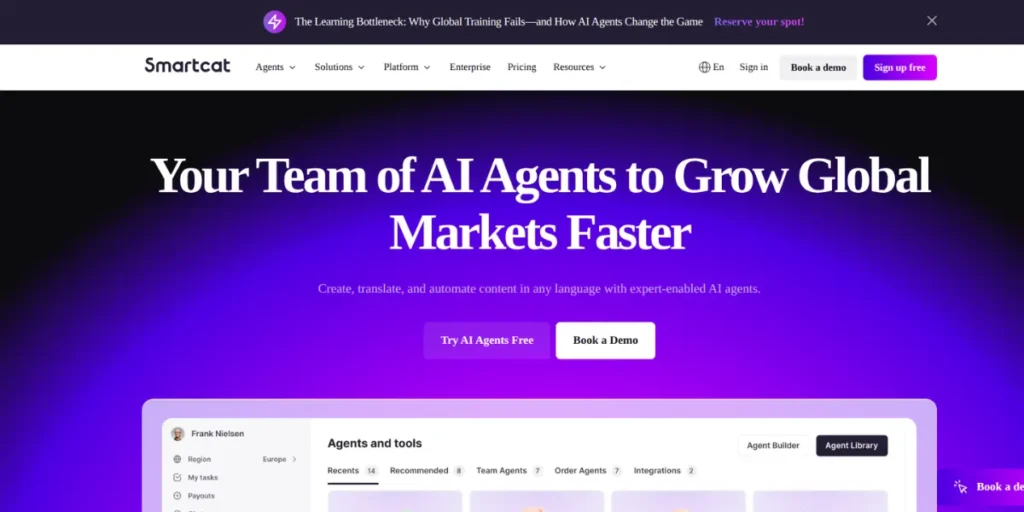
Smartcat has been transformed into a full-scale Multilingual AI Agents ecosystem that deals with the localization of content and international communication. The platform integrates human language knowledge with the power of AI in order to develop agents capable of comprehending not only language but also cultural context and patterns of business communication. The agents of Smartcat are skilled at managing sophisticated multilingual content processes, including technical documentation, marketing materials, etc. to maintain consistency and quality on all languages.
Languages Supported: Industry-standard translation quality in 280+ language pairs with translating industry-specific terms and cultural adaptation options.
Best Use Cases: Content localization, technical documentation, global content management and multilingual quality assurance procedures.
Pros:
- Humans are in control of the quality of translations
- Full language coverage even with rare languages
- Close connection to the content management systems
- Industry specific vocabulary and know-how
Cons:
- Mainly aimed at translation and localization activities
- Increment in the prices of top quality human-AI hybrid services
- The inability to have much real-time conversation
- Needs content development to give the best output
Website: https://www.smartcat.com/
9. (Bonus) Microsoft Multilingual LLM Initiative
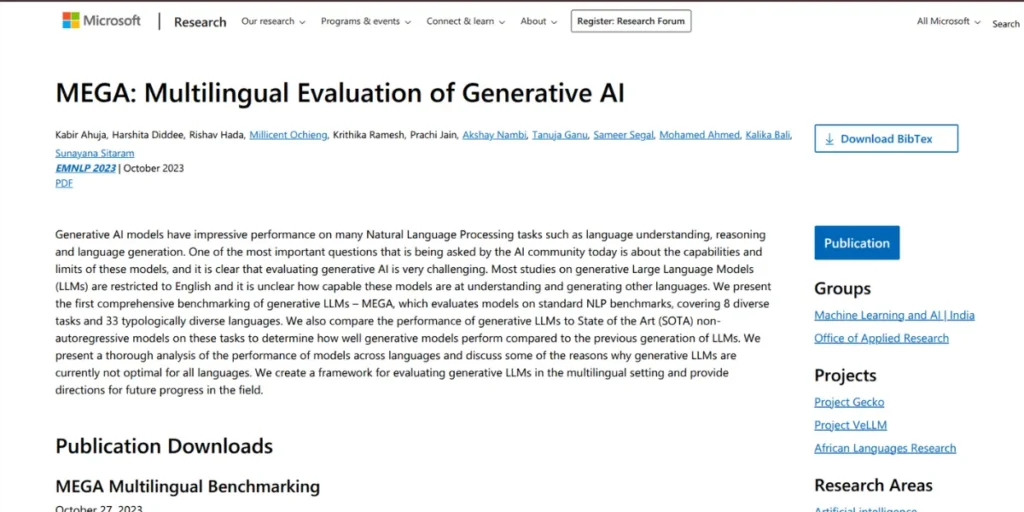
The Multilingual AI Agents strategy of Microsoft goes throughout their whole ecosystem, including the Azure AI services and Microsoft 365 Copilot deployments. The program aims at developing uniform multilingual experiences of all Microsoft products and services. Their representatives exploit the vast research conducted by the company in the field of natural language processing and integration with the productivity tools that are used by billions of users. The platform focuses on the enterprise security, compliance, and smooth integration with the existing Microsoft infrastructure.
Languages Supported: Full support of more than 60 languages with deep integration in the Microsoft product family and advanced business communication features.
Best Use Cases: Automation of enterprise productivity, improvement of Microsoft 365, business applications based on Azure, and workflow automation integration.
Pros:
- A smooth connection to Microsoft 365 and Azure environments
- Security and compliance capabilities on an enterprise level
- Lot of developer resources and community support
- Constant betterment with the AI research of Microsoft
Cons:
- Microsoft ecosystem dependency is essential to best performance
- Enterprise implementations have complex licensing structure
- Performance variability among Microsoft products
- Poor standalone features on Microsoft environment
Website: https://www.microsoft.com/ai
10. Ringg AI Voice Agents
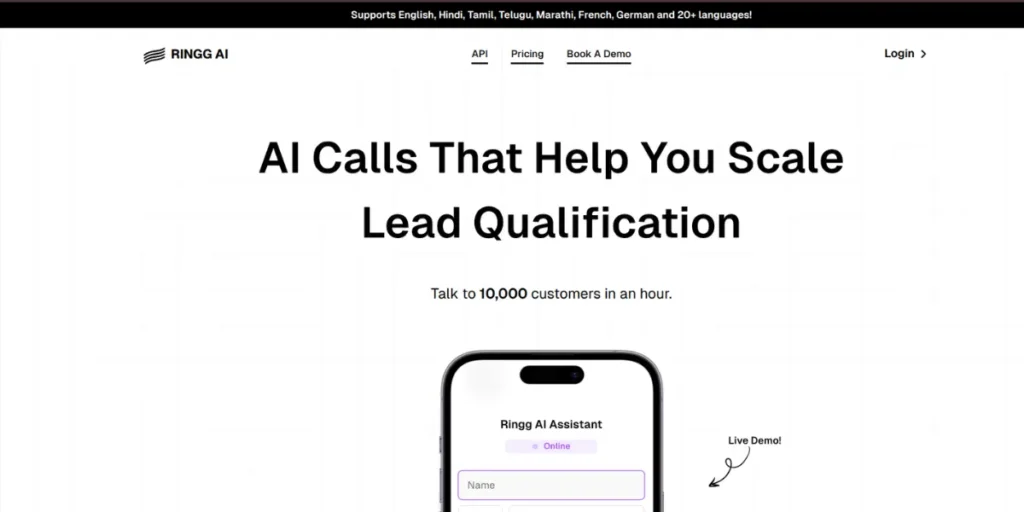
Ringg AI focuses on voice-first Multilingual AI Agents customized specifically to phone-based customer interactions. The platform is most accurate in producing natural and human-like voice conversations capable of handling complex customer service interactions in a variety of languages and cultural situations. The technology developed by Ringg is aimed at accent identification, normal speech rhythms, and smooth voice-to-action. Their representatives are especially efficient in those industries where phone communication is the main form of contact with the customers.
Languages Supported: We support the advanced voice recognition and generation of 25+ languages with high-levels of accent and dialect recognition features.
Best Use Cases: customer service (voice), automation of phone sales, appointment booking, multilingual call center services.
Pros:
- Excellent voice and flow of speech
- High accent and dialect identification interlinguistically
- Niche attention to phone-based interactions
- Connectivity to current call center systems
Cons:
- It was restricted to voice interactions.
- Needs the best audio input to work well
- Less text-based and multimodal possibilities
- More complex implementation of voice systems
Website: https://www.ringg.ai/
Comparative Analysis Table
| Name | Creator | Modalities | Language Support | Best For |
| Oracle AI Agents | Oracle | Text, Voice, Data | 40+ languages | Enterprise Sales & CRM |
| Agent-Orchestrator | Adobe | Text, Image, Video | 35+ languages | Marketing & Creative |
| Watson Assistant | IBM | Text, Voice | 25+ languages | Enterprise Support |
| Kruti | Ola Krutrim | Text, Voice, Actions | 11+ Indian languages | Task Automation |
| Gemini 2.5 | Multimodal | 100+ languages | General AI & Translation | |
| Auto Bot Builder | Gupshup | Text, Voice, Messaging | 40+ languages | Conversational Commerce |
| AI Assistants | Conversica | Text, Email | 20+ languages | Sales & Marketing |
| AI Agents | Smartcat | Text, Documents | 280+ language pairs | Translation & Localization |
| Multilingual LLM | Microsoft | Multimodal | 60+ languages | Enterprise Productivity |
| Voice Agents | Ringg AI | Voice Only | 25+ languages | Voice Customer Service |
Highlight Cases & Use Scenarios
- International E-commerce Growth: Multilingual AI Agents allow online retailers to instantly respond to their customers in their local languages, including product questions, order tracking, and many more in more than 50 countries at a time, leading to a 40 percent boost in customer satisfaction and 25 percent additional conversion rates.
- International Financial Services: Banks and fintech companies use these agents to offer 24/7 multilingual customer care services to transactions, account management and financial advice without violating the local regulations but consistently offer the same high quality of services to various markets and time zones.
- Healthcare Communication: Medical institutions can apply AI Agents to eliminate the language barriers between physicians and patients to properly describe their symptoms, make appointments, and understand the treatment without violating the HIPAA and cultural norms of communications.
- Educational Technology Platforms: EdTech corporations use these agents to deliver customized learning experiences across languages, customizing the content, evaluation strategies, and the learning speed according to the linguistic goal and cultural learning approach of the students across international markets.
- Travel and Hospitality Industry: Hotels, airlines, and travel agencies use AI Agents to help in making reservations, information about travel destinations, emergency and cultural advice and this makes it easy to international travelers and minimizes language related service problems considerably.
- Manufacturing and Supply Chain: Global manufacturers use these agents to communicate with its suppliers, quality control reports, logistics and technical support at international plants to ensure clarity of communication on safety practices, specifications and operational practices irrespective of local languages.
Implementation Challenges & Insights
- Complexity of Cultural Context: This is the most difficult part to train AI Agents to comprehend the cultural context beyond what is literal, this will be accomplished by having very large sets of cultural data and continuous learning of local interactions to prevent the risk of miscommunication and the cultural insensitivity that may ruin business relationships.
- Data Privacy and Compliance: Privacy laws on data protection differ across countries, and it is difficult to implement Multilingual AI Agents on a global scale and be compliant with GDPR, CCPA and other local privacy regulations, especially when it involves sensitive customer data transferred across borders.
- Quality Consistency Across Languages: It is challenging to ensure the consistency of response quality and accuracy across all the supported languages because not all languages might have adequate training data or their grammar could be complicated and therefore, they need particular attention and continuous improvement of language models.
- Integration Architecture Complexity: The integration of AI Agents with the existing enterprise systems, databases, and workflows involves more complex integration methods to deal with character encoding, time zone, cultural formatting preferences, and different business processes in various regional operations.
- Performance Optimization Challenges: The response speed, accuracy and resource consumption is a trade-off that becomes complicated when serving multiple languages at the same time and efficient performance optimization of the architecture of the models and infrastructure is required to ensure the performance is acceptable in all languages we support.
- Constant Learning and Adaptation: The training of successful feedback loops and learning mechanisms that allow AI Agents to further improve the performance across the languages and cultural backgrounds requires constant investment into the processes of data collection, analysis and optimization of the models.
Future Trends in Multilingual AI (Late 2025 and Beyond)
- Emotional Intelligence: Unlike present-day AI agents, the Next-generation Multilingual AI Agents will have a high degree of emotional intelligence that will allow them to recognize and respond to emotional signals in various cultural settings and will make interactions with them more culturally aware and emotional than those with the current implementations.
- Real-Time Cultural Adaptation: Future agents will be dynamically adapted, in real-time based upon cultural analysis of the user location, preferences and interaction history, providing genuinely personalised cross-cultural communication experiences that improve with each interaction.
- Collaborative Multi-Agent Ecosystems: How to develop networks of interacting agents such that a user can interact with multiple specialised agents at once, sharing context of the conversation and cultural preferences across different areas of knowledge and expertise, and enabling multiple specialised agents to work collaboratively.
- AR/VR Integration: The AI Agents will extend to the AR/VR fields and will be able to offer real-time translation and cultural orientation in an immersive environment to naturally collaborate in multilingual virtual workspaces and to improve business meetings and education experiences internationally.
- Industry-Specific Language Models: Creation of industry-specific AI Agents that have been trained to address specific industries, such as healthcare, legal services, and finance, as well as be able to apply the professional terminology, regulatory compliance conditions, and industry-specific cultural expectations across various international markets.
- Quantum-Enhanced Processing: Fusion of quantum computing will immensely enhance and simplify processing capacity and complexity of multilingual natural language understanding to enable real time processing of different languages and more complex cross-cultural communication patterns.
Conclusion & Strategic Takeaways
The Multilingual AI Agents landscape of 2025 constitutes a paradigm change in the way business does global communication and the way it engages customers. These advanced technologies are no longer mere translation tools but rather smart companions that are able to comprehend cultural peculiarities, perform complicated tasks and ensure the unified brand experience in various linguistic markets.Those organizations that plan their use in a strategic manner obtain high competitive advantages in terms of customer satisfaction, operation cost reduction, and market penetration possibilities.
The success factor is the ability to select agents carefully relevant to certain business aims, implement the challenges related to implementation, and be ready to gradually evolve the capabilities of multilingual AI agents. With the rise of a more globally interconnected economy, AI Agents will be a vital infrastructure that companies need to succeed on the global stage without losing the authentic and culturally-sensitive relationships with their customers.
FAQs
What is a truly AI agent besides being able to translate?
Multilingual AI agents, real multilingual people, do not only translate word-to-word, but understand cultural context, idiom, business etiquette, and language-specific communication patterns.
What is a truly AI agent besides being able to translate?
Multilingual AI agents, real multilingual people, do not only translate word-to-word, but understand cultural context, idiom, business etiquette, and language-specific communication patterns.
What are the solutions to regional dialects and variations in the same language by AI Agents?
Sophisticated agents are trained on various data sets such as regional dialects and can adjust its responses depending on location and linguistic behaviors of a user.
What is the average implementation cost of an enterprise AI Agent?
Prices range between 10k and 0.5m+ per year, depending on the languages, the complexity of integration and the volume of usage.
Are Multilingual AI Agents able to keep data privacy under various international regulations?
The compliance with such large regulatory frameworks as GDPR and CCPA is provided by the leading platforms, yet organizations need to check the compliance with the requirements of a particular target market.
What is the ROI payback time with AI Agent applications?
Reduced translation costs, increased customer satisfaction and an extended market reach has translated most organizations into a positive ROI in 6-12 months.
